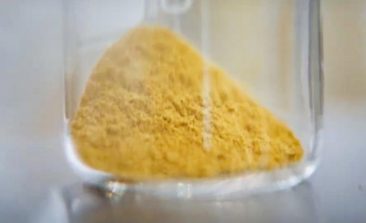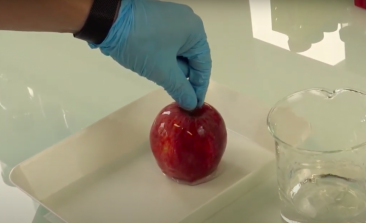Content to: food
Will a New Algorithm Rating the Sustainability of Our Food Change Consumer and Producer Behaviour?
When it comes to your weekly shopping, which products are the most sustainable? A new project ranks 57,000 popular food items.
Project Gives Indonesian Farmers Digital Tools to Predict the Weather – and the Confidence to Use Them
Traditional methods of predicting rain are being affected by climate change, but encouraging farmers to adopt modern tools is not aways straightforward.
Solar-Powered Food: Study Reveals Microbial Proteins Could Lead the Way in a Sustainable Future for Food
A new study has revealed edible proteins that are much more efficient and sustainable than traditional staple crops. But does the world have an appetite for powdered microbial proteins?
Open Food Network: The ‘Digital Farmers Market’ Trading Food – and Ideas
Open Food Network takes 'buying local' to the next step by introducing communities of shoppers to the farmers and producers that live around them.
Proteme: Can Invisible, Edible Nano-films Protect Our Fruit and Reduce Food Waste?
A large portion of our perishable foods never make it to the dinner plate. A French startup hopes their innovative protective nano-film can help keep fruit fresher, for longer.
Bitter Truth: Biodiversity and The Business of Food
2010 was the International Year of Biodiversity and offered the world the opportunity to reflect on the role of biodiversity in our daily lives – in fact our bodies and our selves.





